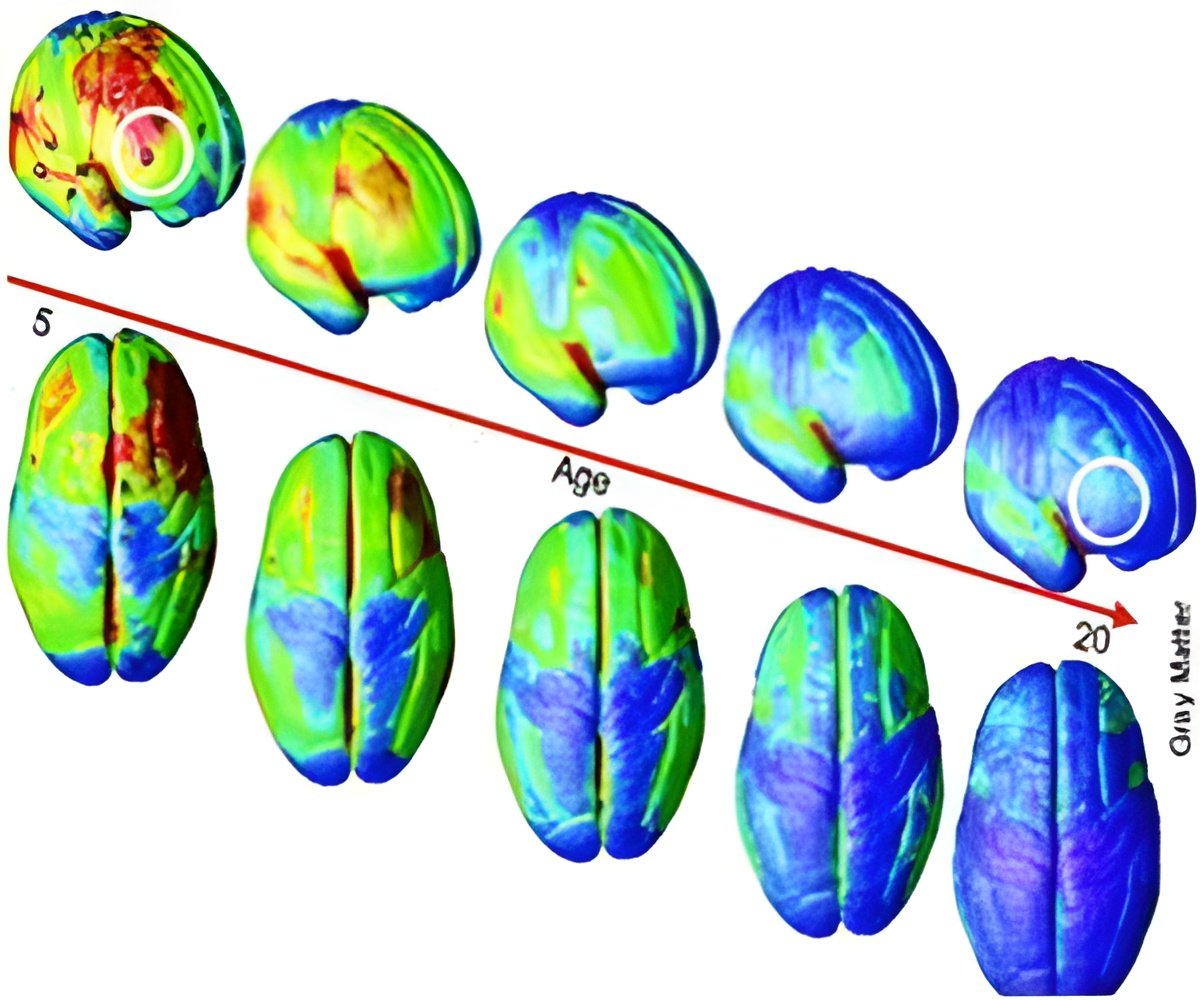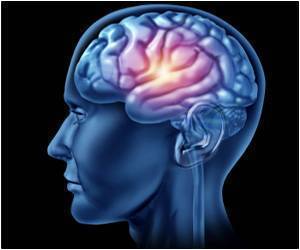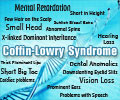
Guy Froyen (VIB/KU Leuven): "The fact that HUWE1 regulates the dose of several other proteins in the brains, has an important impact on the quest for new therapies. It would then be possible to intervene in these different proteins. Research into the role of HUWE1 has already started in the lab."
Defects on the X-chromosomeIntellectual disability can be due to external factors such as lack of oxygen at birth or to defects in the genetic material. In genetic (hereditary) causes, the exact identification of the defect is crucial for the medical supervision of the patient or to estimate the risk when having children. It is estimated that approximately 15% of patients have a defect that lies on the X-chromosome. This is called X-linked 'intellectual disability' (XLID). Despite extensive research, in half of XLID-patients, the responsible gene responsible has not yet been identified.
HUWE1 identified as culpritGuy Froyen and his colleagues (VIB - KU Leuven) continue their research to find new genes that may cause XLID. Several years ago, they showed that the duplication of a fragment of the X-chromosome leads to a too high concentration of HSD17B10 and HUWE1 proteins.
Guy Froyen: "We knew then that these two proteins could play an important role in the (development of) the memory center in the brains, but we did not yet know which gene was the cause for the increased dose of XLID. Through additional research, including the DNA of 6 additional families from Europe, Australia and South Africa, we now know that HUWE1 is the crucial factor, and that a concentration increase of HUWE1 leads to intellectual disability. "
Consequences for detecting and treating XLMRThe research by Guy Froyen and his colleagues offers new perspectives for the detection and treatment of XLID. This allows for tests to be designed with which the duplication of and errors in HUWE1 are searched. For the development of a new treatment for XLID, further research is required. First of all, scientists must better understand the role of HUWE1 in the body, more specifically in the brains.
Advertisement
Source-Eurekalert














